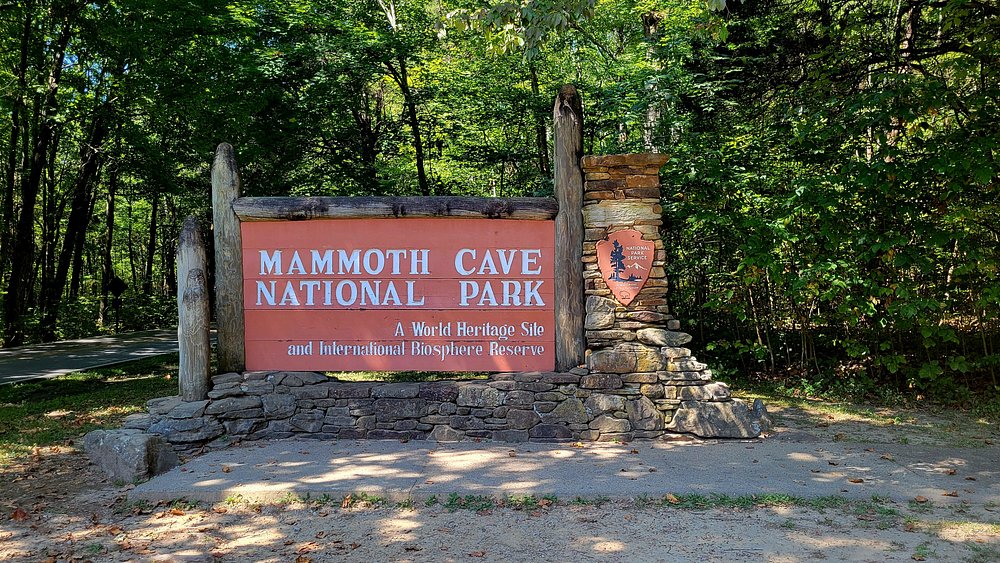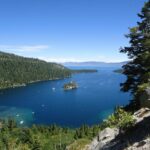Quick Bits:
Mammoth Cave National Park stands as a rare marvel carved by time. Nestled in south-central Kentucky, this park shelters the world’s longest known cave system. Its vast network stretches over 426 miles and grows each year as explorers continue mapping new paths. The park attracts adventurers, history buffs, and naturalists alike. Above and below ground, the experience leaves an imprint.
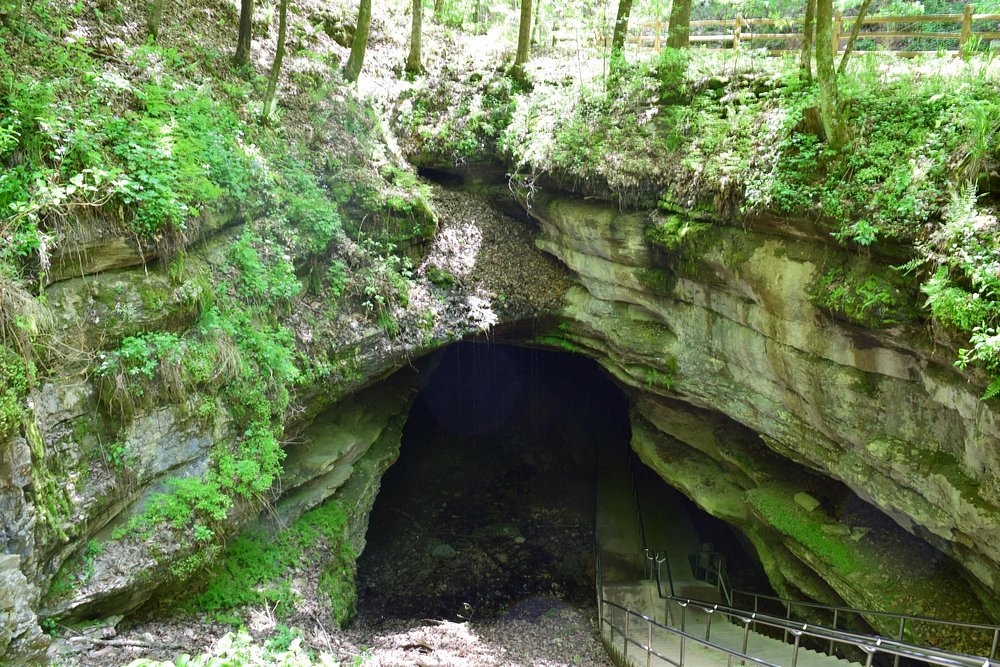
Image by: SarahJ100100 – Via Tripadvisor
Key Highlights
- Over 426 miles of mapped subterranean passages
-
Established as a national park in 1941
-
Recognized as a World Heritage Site and Biosphere Reserve
-
Offers ranger-led tours through dramatic cave chambers
-
Diverse surface trails for hiking, biking, and horseback riding
-
Rich cultural history from Native American to 19th-century explorers.
General Information
Mammoth Cave National Park lies roughly 90 miles south of Louisville and about 100 miles north of Nashville. The Green River runs through it, shaping both the cave systems and the verdant hills above. It spans over 52,000 acres of protected land. Its geology, rich biodiversity, and cultural layers make it a vital site for study and recreation.
Visitors encounter more than dark tunnels. Forests, sinkholes, rivers, and meadows form a vibrant patchwork. This combination delivers more than the sum of its parts. Entrance to the park grounds is free, though guided cave tours require tickets. Facilities include campgrounds, a visitor center, dining options, and seasonal shuttles.
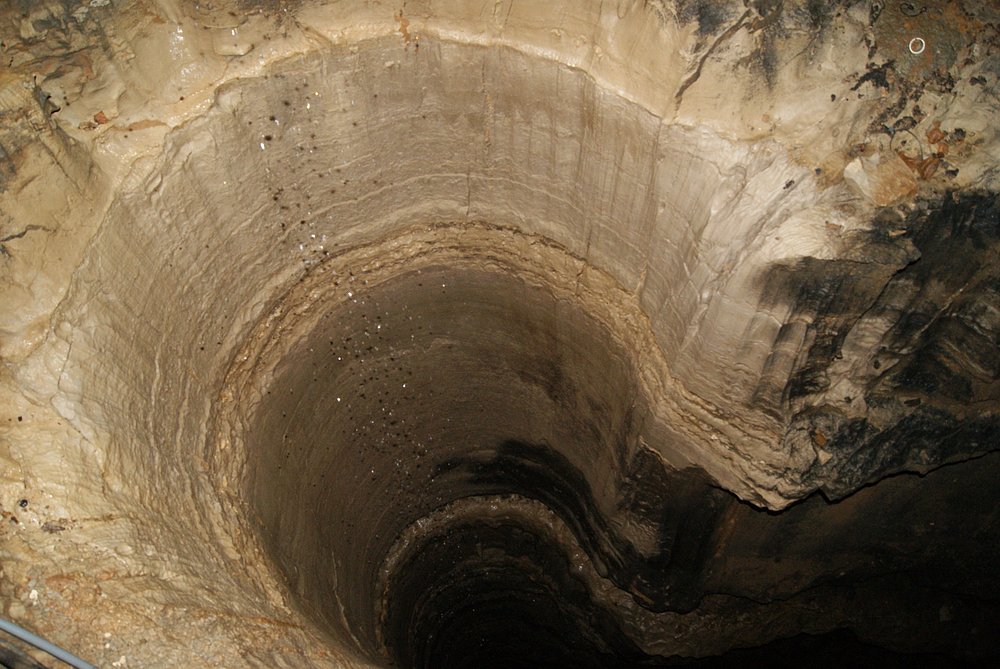
Image by: travelbug – Via Tripadvisor
Geography Information
The park sits on a karst landscape. Rainwater dissolves the soft limestone beneath the surface, forming a honeycomb of chambers and tunnels. Surface terrain mirrors the chaos below—rolling hills, sudden depressions, and hidden springs. Sandstone caps shield much of the cave from collapse, allowing its growth over millions of years.
The Green and Nolin Rivers cut through the region. These waterways influence both surface ecology and underground formations. The park’s plateau areas host oak and hickory forests, while moist valleys favor ferns and maples. This mix of elevation and water supports a broad range of species.
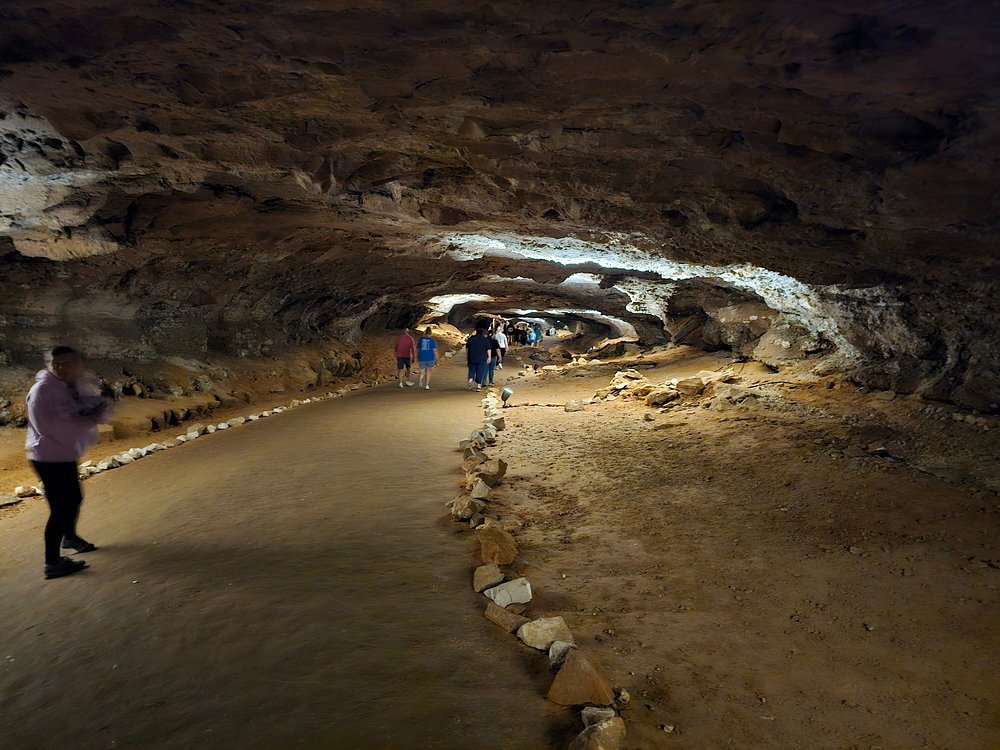
Image by: billgrove – Via Tripadvisor
Places to Visit
Frozen Niagara
One of the most photographed features in the cave. This guided tour offers stunning formations of flowstone and draperies.
Historic Tour Route
Walk where Native Americans and early explorers did. See relics of saltpeter mining and ancient art carved into walls.
Domes and Dripstones Tour
Travel through vertical shafts and end among delicate stalactites and stalagmites.
Green River Bluffs Trail
Above ground, this moderate loop leads to panoramic views of the river. Watch for deer, hawks, and wildflowers.
Cedar Sink
A massive sinkhole surrounded by forest. Great for botany lovers and geology fans.
Visitor Center
Begin your journey here. Exhibits, maps, and rangers help tailor the experience to your interests.
Echo River Spring
A hidden gem at the end of a nature trail. This is where cave waters meet sunlight.
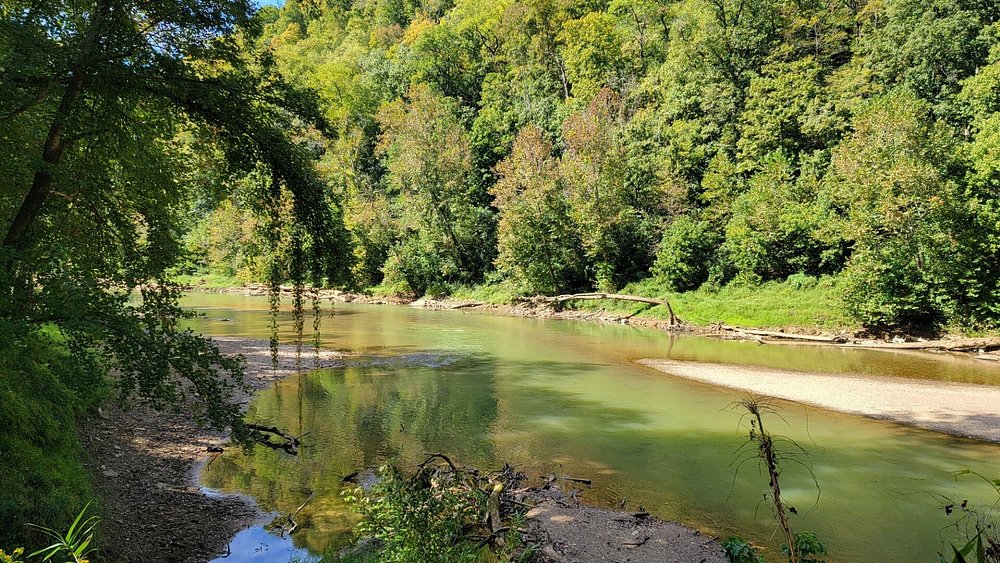
Image by: Lisa G – Via Tripadvisor
Yearly Climate
Mammoth Cave National Park experiences all four seasons.
-
Spring: Blooming dogwoods and mild temperatures draw hikers and campers. Expect highs between 60°F and 75°F.
-
Summer: Humid and warm. Good for river activities and cool cave escapes. Highs reach into the 80s.
-
Fall: Crisp air and vibrant foliage. A photographer’s dream. Highs range from 55°F to 70°F.
-
Winter: Quiet trails and frost-kissed forests. Underground tours stay steady at 54°F, the cave’s natural temperature year-round.
Rainfall spreads fairly evenly across months. Sudden storms can roll in, especially in summer.
Best Time of Year to Visit
Mid-April through early June and late September through October strike the best balance. Trails bloom in spring. Leaves blaze in fall. Temperatures stay comfortable above and below ground. Summer crowds slow down by late August. Winter offers solitude, though some services run reduced hours.
Plan your cave tour ahead, especially during peak months. Slots fill quickly. Also, pack for both warm days and cool caves. Layers help.
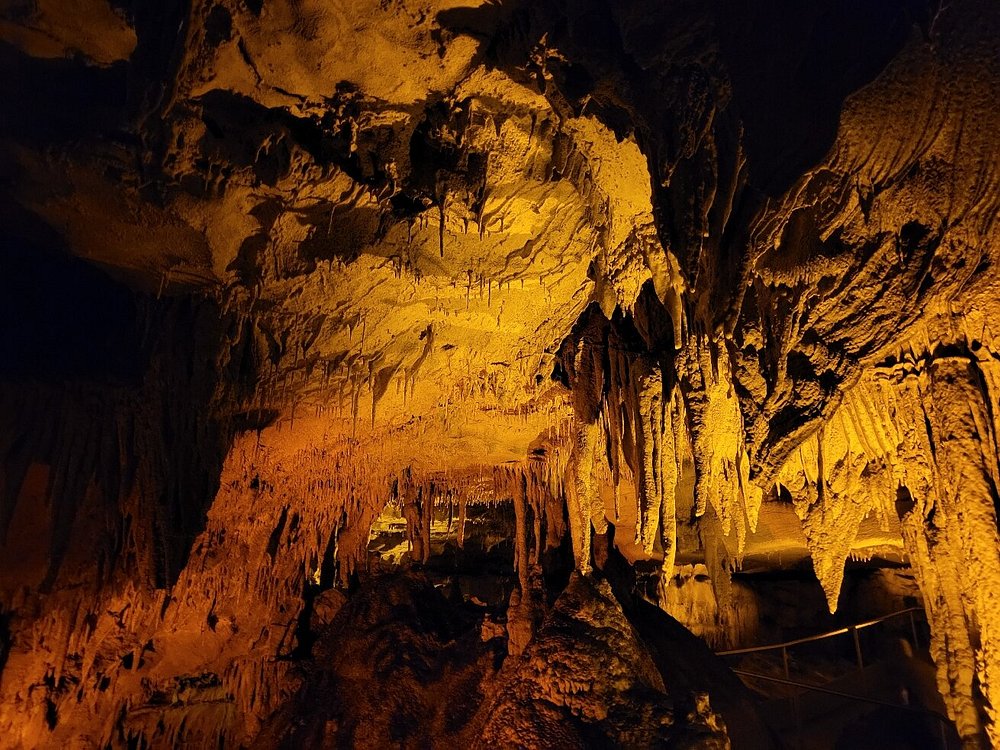
Image by: MKTBE – Via Tripadvisor
In Summary…
Mammoth Cave National Park merges mystery with beauty. Its dark tunnels whisper of ancient rivers and vanished cultures. Above, forests shift through color and song. Whether you seek science, silence, or a sense of awe, this place delivers.
Walking its passages connects you to time beyond calendars. Riding its trails ties you to landscapes carved by patience. Gazing up at its stars reminds you of depths above and below.
This park holds more than rocks and roots. It holds stories. And stories, once discovered, live on.

